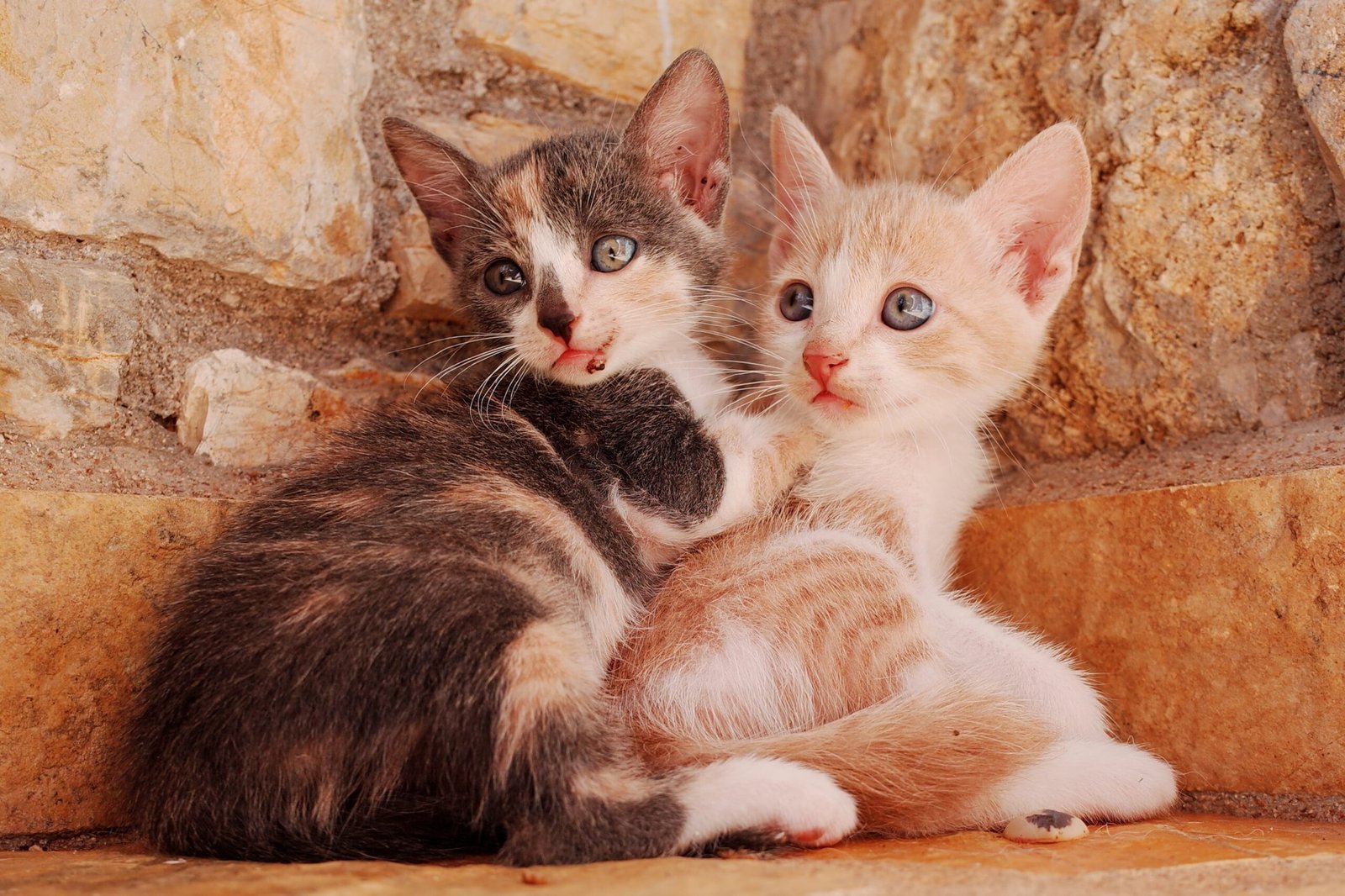Cats, like all mammals, undergo a reproductive cycle, which in felines is referred to as the ‘heat cycle.’ It is a period when the female cat, or queen, is receptive to mating and can conceive kittens. This cycle is characterized by distinct behavioral changes, which can be quite perplexing if you are unfamiliar with them. Therefore, understanding the duration of a cat’s heat period is crucial, not merely for the well-being of your feline friend but also for the prevention of unwanted pregnancies and to ensure responsible pet ownership.
The duration of a cat’s heat cycle can vary significantly, influenced by a variety of factors, and can sometimes be quite challenging to manage. By comprehending the intricacies of the heat cycle, cat owners can better care for their pets and navigate this complex biological process.
Understanding a Cat’s Heat Cycle
The heat cycle of a cat, also known as estrus, is the reproductive period when the female is receptive to males and can get pregnant. The cycle encompasses several stages, each with its distinct attributes. The heat cycle can be quite a spectacle, with symptoms that are hard to ignore.
1. Signs of a Cat in Heat
All cat owners should be familiar with the signs of a cat in heat. These include vocalization and yowling, which can often be mistaken for distress. Additionally, your cat may become exceptionally affectionate, exhibiting behaviors such as rubbing against objects or people. Restlessness and agitation are also common indicators.
2. Physical Changes
During the heat cycle, a cat’s body undergoes several physical changes. The genital area may appear swollen and reddened. There might be frequent urination, often associated with marking behavior. You may also notice an increase in grooming and a peculiar rolling behavior.
3. Duration of the Heat Cycle
The duration of a cat’s heat cycle is not fixed. It can be influenced by several factors, including the cat’s age, health, and breed. While the duration can vary among different cat breeds, the typical range of a heat cycle is about a week but can extend up to two weeks in some cases. It’s important to note that individual cats may have variations in their heat cycle length, so it’s essential to observe your cat and consult with a veterinarian for accurate information.
Managing a Cat in Heat
Spaying is the most effective way to prevent unwanted pregnancies and manage a cat in heat. It is a routine surgical procedure that removes the reproductive organs, thereby stopping the heat cycle altogether. However, if spaying is not an option, there are other ways to handle a cat in heat.
1. Indoor Confinement and Increased Playtime
Indoor confinement can help manage a cat in heat by minimizing their exposure to potential mates. Creating a safe and comfortable environment for your cat is crucial during this time. Providing engaging activities and increased playtime can help redirect their energy and alleviate restlessness.
2. Pheromone Sprays or Diffusers
Pheromone sprays or diffusers can be used to soothe a cat in heat. These products release synthetic pheromones that mimic the natural calming scents produced by cats. By creating a familiar and relaxing environment, these sprays or diffusers can help reduce stress and anxiety associated with the heat cycle.
3. Hormonal Treatments
In some cases, a veterinarian might recommend hormonal treatments to manage a cat in heat. These treatments aim to regulate the cat’s reproductive hormones and minimize the behavioral symptoms associated with the heat cycle. It’s important to consult with a veterinarian before considering hormonal treatments, as they should be administered under professional guidance.
Frequently Asked Questions about Cats in Heat
Cats can go into heat multiple times a year, typically during warmer months. Yes, cats can get pregnant during their first heat, which can occur as early as four months of age. It is possible to shorten a cat’s heat cycle through spaying or hormonal treatments, but these should be discussed with a veterinarian. Not spaying a cat in heat can lead to unwanted pregnancies, behavioral issues, and potential health risks.
Conclusion
Understanding the length and intricacies of a cat’s heat cycle is integral to responsible cat ownership. The heat cycle can be quite a challenging time for both the cat and the owner, but with the right knowledge and resources, it can be managed effectively. Always remember to consult a veterinarian if you have any concerns or uncertainties about your cat’s heat cycle.
FAQ about Cats in Heat
Q1: What are the signs of a cat in heat?
A1: Signs of a cat in heat include vocalization and yowling, increased affection and rubbing against objects or people, restlessness, and agitation.
Q2: What physical changes occur during a cat’s heat cycle?
A2: Physical changes during a cat’s heat cycle include swelling and reddening of the genital area, frequent urination, increased grooming, and a rolling behavior.
Q3: How long does a cat’s heat cycle typically last?
A3: The duration of a cat’s heat cycle is about a week on average, but it can extend up to two weeks in some cases. It may vary depending on factors such as age, health, and breed.
Q4: How can a cat in heat be managed without spaying?
A4: If spaying is not an option, managing a cat in heat can involve indoor confinement, increased playtime, the use of pheromone sprays or diffusers to reduce stress, or hormonal treatments recommended by a veterinarian.











